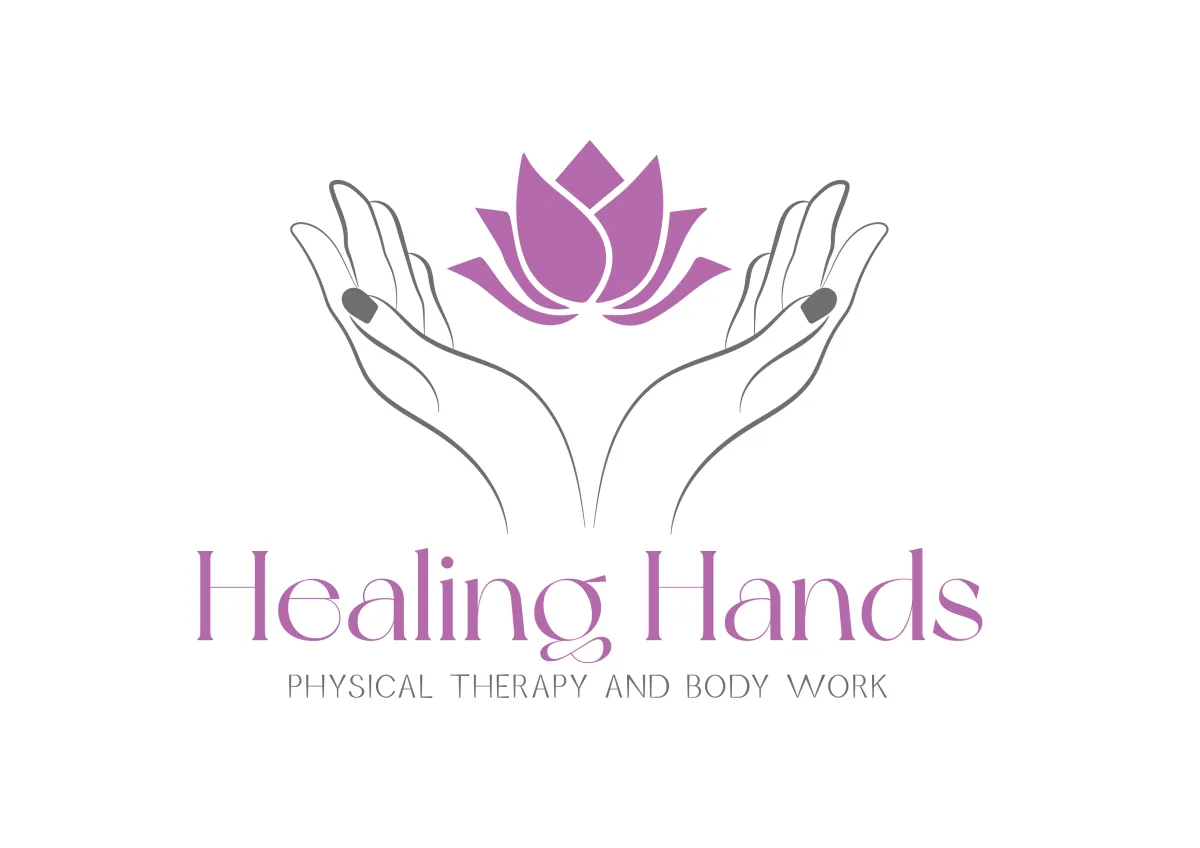
Pelvic Floor Services

Leaks, Pressure, Pain? Pelvic Floor Physical Therapy Could Be the Game-Changer You Need!!
If you’ve ever leaked a little while sneezing, felt heavy “down there,” or struggled with painful intimacy—your pelvic floor might be trying to get your attention. Pelvic floor disorders are way more common than most people realize. And the good news? Many of them can be managed—or even reversed—with a simple, targeted approach: pelvic floor physical therapy. First, What Is the Pelvic Floor? Think of your pelvic floor like a hammock of muscles that support your bladder, uterus (or prostate), and bowel. These muscles help with peeing, pooping, sex, pregnancy, and childbirth. But when they’re too weak—or too tight—things can go wrong.
Common Pelvic Floor Disorders (It’s Not Just “Leaking”):-
Urinary Incontinence (UI): This is the most talked-about one—and for good reason. It affects 1 in 3 women at some point. Whether it’s stress incontinence (leaks with activity) or urge incontinence (the sudden “I gotta go!”), it can be frustrating and isolating. Pelvic floor muscle training (PFMT) is a proven, first-line treatment.
Pelvic Organ Prolapse (POP): Ever feel a heavy, bulging sensation in your vagina? That could be your bladder, uterus, or rectum pressing into the vaginal wall. It’s called prolapse—and up to 50% of women experience it after childbirth. PFMT can help here too. By strengthening the pelvic muscles, you give your organs better support and may avoid or delay surgery.
Pelvic Pain & Painful Sex (Dyspareunia):- Chronic pelvic pain or pain during intercourse can be caused by overactive or tight pelvic floor muscles, not just infections or hormonal issues. Pelvic floor PT helps by releasing tension, improving blood flow, and retraining muscles to function normally.
Fecal Incontinence: Yes—it happens. Difficulty controlling bowel movements is another distressing but treatable pelvic floor issue. PFMT combined with biofeedback has shown real promise in reducing episodes and improving daily life
Other issues including, overactive bladder, interstitial cystitis, recurrent UTI's, coccydynia(pain around the tail bone), sacroiliac pain, diastasis recti(in immediate post -natal women) can be resolved by PFPT at an early stage. Rehabilitation interventions include patient education, bladder retraining, treatment of constipation, fluid management, medication review, pressure management , Pelvic floor neuro -muscular training , modalities like TENS and Stemwave, Manual therapy techniques like myofascial release, vaginal muscle massage, and muscle energy techniques.
Why Pelvic Floor Physical Therapy Works? A trained pelvic floor physical therapist can assess exactly what’s going on—whether your muscles are weak, tight, or uncoordinated—and build a custom plan to help. Anybody could benefit from PFPT, and it’s not just for new moms, It’s helpful for athletes, and aging adults.
If you’re dealing with leaks, pressure, pain, or pelvic heaviness, you’re not alone—and you’re not stuck. Pelvic floor physical therapy is safe, non-invasive, and backed by solid research. Don’t wait for things to get worse. Reach out to a pelvic health specialist and start feeling like yourself again. Book your session now with Varsha Rao, PT at Healing Hands Physical Therapy and body work!!

Facebook
Google Plus
Instagram